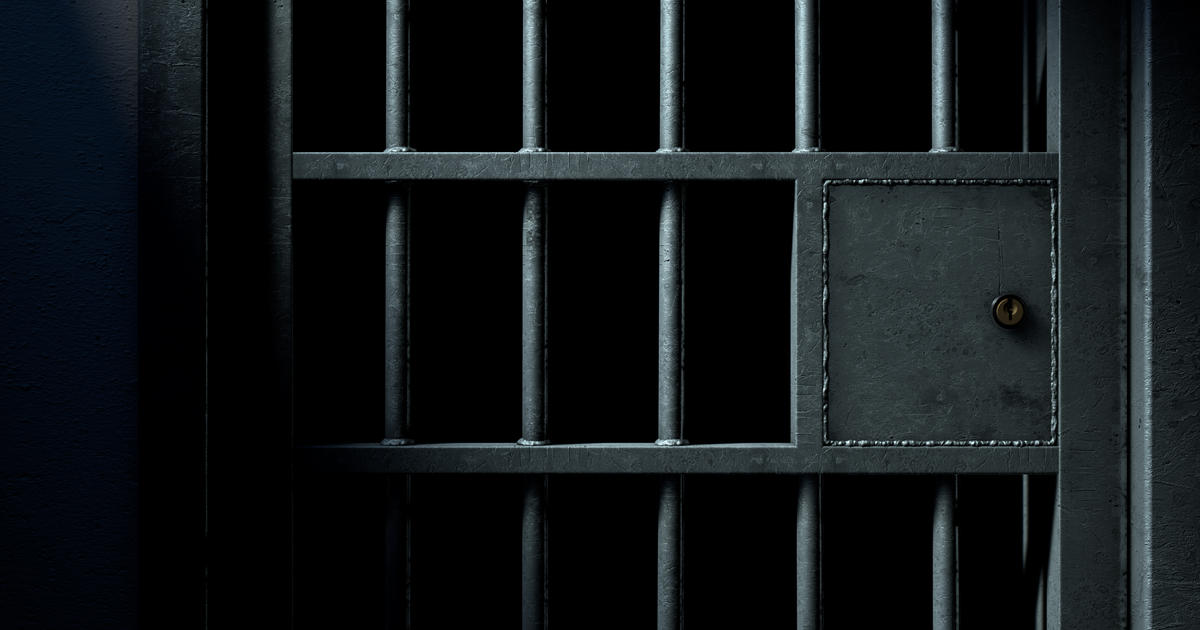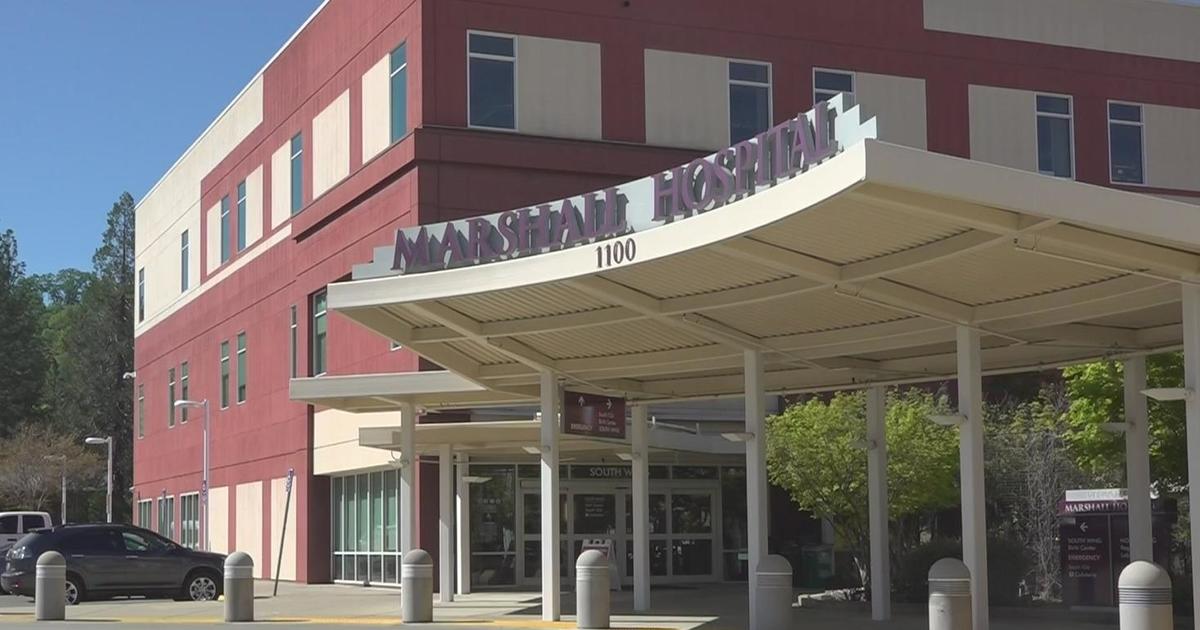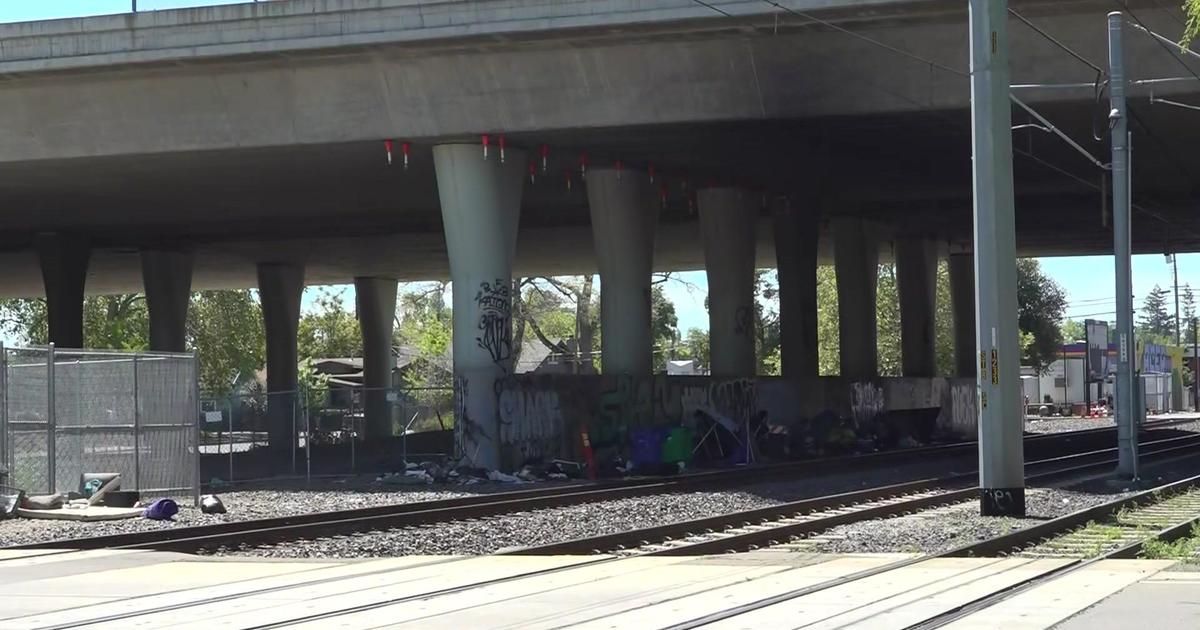Safety Expert Concerned Over PG&E Pipelines
SAN FRANCISCO (AP) — Pacific Gas and Electric Co. has exceeded the designated maximum pressure on its natural gas pipelines more than 120 times since the 2010 deadly pipeline explosion in San Bruno, causing concerns among safety experts, according to company documents and a report in the San Francisco Chronicle.
In a May 2 internal email written by the utility's gas-division chief Nick Stavropoulos, initially obtained by the Chronicle (http://bit.ly/JuX0jO ) and provided to The Associated Press by PG&E on Sunday, Stavropoulos said the company had already recorded 40 pressure surges this year, in addition to 78 last year.
"We're really going to crack down" on such problems, Stavropoulos said in the email.
Additionally, there have been three more pressure surges since May 2, PG&E said in a statement.
"The vast majority of these were probably about two percent over the maximum pressure, while some were about a-tenth over maximum pressure, PG&E spokesman David Eisenhauer told the AP.
"We take these kinds of events seriously," he said. "Ultimately we want to have zero over-pressurization events."
Still, a study performed for PG&E found there were seven major surges in pressure on transmission lines in 2008, seven in 2009 and two in 2010.
By comparison, California's other two major utilities — Southern California Gas Co. and San Diego Gas and Electric — had two and zero surges, respectively, during those years, according to the study.
Stavropoulos, who has spent more than 30 years in the gas industry and joined PG&E after the 2010 disaster, wrote in his email that "over-pressurizations are not supposed to occur. If we're doing our jobs correctly, we should have such tight controls in place that they simply don't happen. And if they do, they are supposed to be an exception, not a norm."
Richard Golomb, who advises pipeline companies on pressure-control valves and their placement, said that having the maximum pipeline pressure exceeded a number of times is a warning sign about the health of a pipeline system.
"They happen, but you have to find out what happened, why it happened, so you can prevent it," Golomb told the Chronicle.
The California Public Utilities Commission said in a statement that the agency was aware of PG&E's pressure surges and would investigate.
The explosion in San Bruno that killed eight people and left 38 homes in smoking ruins was blamed on a combination of factors, including an unexpected pressure surge and a substandard pipeline weld.
(Copyright 2012 The Associated Press.)



